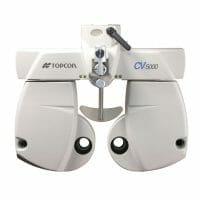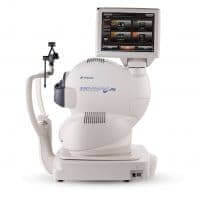Dry eye disease is the most common eye condition in the World.
A number of large scale studies have looked at how common dry eye is in the population. Even within young people (between 20-40) it is around 10-20%. Between 40-60 years of age, the prevalence more than doubles to around 40%!
In its earliest stage the grittiness simply goes unnoticed. It’s often put down to the eyes being ‘a little tired’ or due to too much time on the computer. However, over time, the symptoms become more frequent and eventually, it’s a constant feeling of gritty sore eyes.
Not everyone gets the same feeling or symptom severity. That is part of the problem in getting diagnosed – if you’re not suffering it’s not mentioned. Sadly, just because your symptoms aren’t severe, doesn’t mean you don’t have significant dry eye.
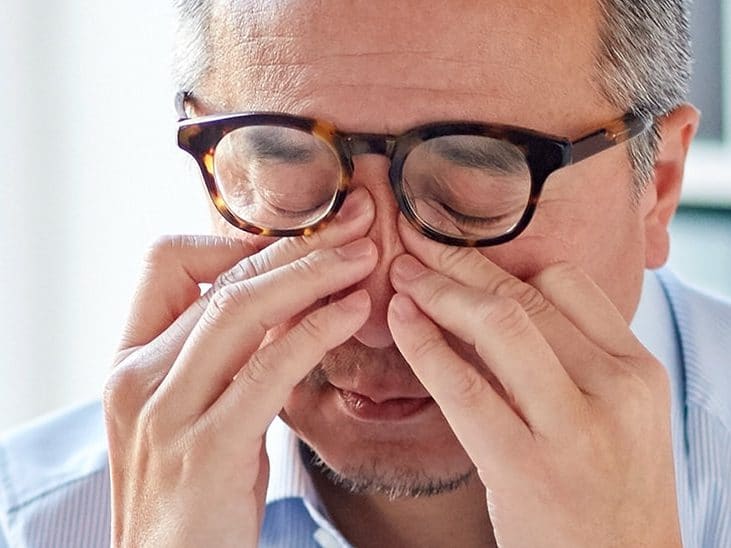
Suffering from Dry Eye? You’re Not Alone.
Dry eye disease is the most common eye condition in the World.
A number of large scale studies have looked at how common dry eye is in the population. Even within young people (between 20-40) it is around 10-20%. Between 40-60 years of age, the prevalence more than doubles to around 40%!
In its earliest stage the grittiness simply goes unnoticed. It’s often put down to the eyes being ‘a little tired’ or due to too much time on the computer. However, over time, the symptoms become more frequent and eventually, it’s a constant feeling of gritty sore eyes.
Not everyone gets the same feeling or symptom severity. That is part of the problem in getting diagnosed – if you’re not suffering it’s not mentioned. Sadly, just because your symptoms aren’t severe, doesn’t mean you don’t have significant dry eye.
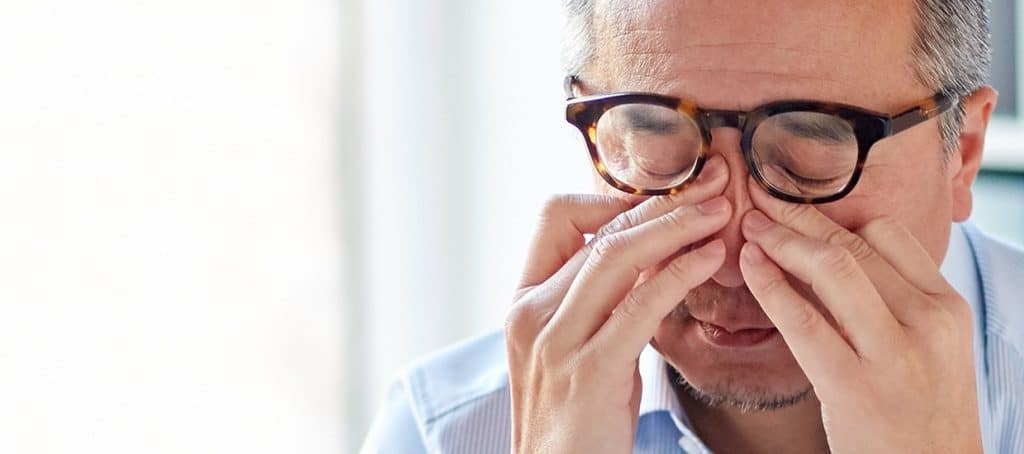
Frequently Reported Symptoms
Commonly reported symptoms are:
- soreness
- burning
- grittiness
- itching (more common in allergies)
- temporary blurring to vision
- redness
In severe cases, dry eyes may result in pain.
Our assessments follow a 3 point plan:
-
Diagnose
-
Determine the type
-
Discuss Treatment Options
1. Diagnosis
Detecting dry eye is not easy. In fact, there is no single test to diagnose the condition. Our approach to dry eye assessment precisely follows the protocol recommended by TFOS (Tear Film & Ocular Surface Society). As a result, we start with least invasive tests first leaving the most invasive (or tear film disrupting tests till the end).
A. Putting a Number to your Symptoms
The first test we do is a Dry Eye Questionnaire. This test gives is a number that classifies your symptoms as Normal, Mild, Moderate or Severe. Its also a great way of us monitoring how any treatments we’ve performed are improving symptoms.
1. Diagnosis
Detecting dry eye is not easy. In fact, there is no single test to diagnose the condition. Our approach to dry eye assessment precisely follows the protocol recommended by TFOS (Tear Film & Ocular Surface Society). As a result, we start with least invasive tests first leaving the most invasive (or tear film disrupting tests till the end).
A. Putting a Number to your Symptoms
The first test we do is a Dry Eye Questionnaire. This test gives is a number that classifies your symptoms as Normal, Mild, Moderate or Severe. Its also a great way of us monitoring how any treatments we’ve performed are improving symptoms.
B. Measuring Tear Quality
The tear film is made from a number of different layers. If the tear film is not stable on the eye, then dry patches will form. Most clinicians use a dye to evaluate tear film stability but this also makes the test less sensitive as it adds a foreign chemical to the eye which itself disrupts the tear film. In our dry eye consultation, we use the latest tear film stability tests from modern corneal topographers. Here, nothing is put into the eyes and nothing touches the eyes. The system precisely calculates how much of tear film is destabilized and how long it takes.
Low tear break-up times indicate dry eyes. This test is also used to monitor treatment effect.
B. Measuring Tear Quality
The tear film is made from a number of different layers. If the tear film is not stable on the eye, then dry patches will form. Most clinicians use a dye to evaluate tear film stability but this also makes the test less sensitive as it adds a foreign chemical to the eye which itself disrupts the tear film. In our dry eye consultation, we use the latest tear film stability tests from modern corneal topographers. Here, nothing is put into the eyes and nothing touches the eyes. The system precisely calculates how much of tear film is destabilized and how long it takes.
Low tear break-up times indicate dry eyes. This test is also used to monitor treatment effect.
C. Measuring Tear Quantity
A reduced amount of tears may be one of a number of factors causing dry eye. The amount of tears is measured using either ophthalmic dyes or sterile absorbent strips. This test is painless. We also use digital imaging to measure the amount of tears in the eyes – again it has the advantage of not adding any foreign chemical into the eye so it’s non-invasive.
Digital imaging allows us to measure the height of the tear film as it settles along the lower eye lid.
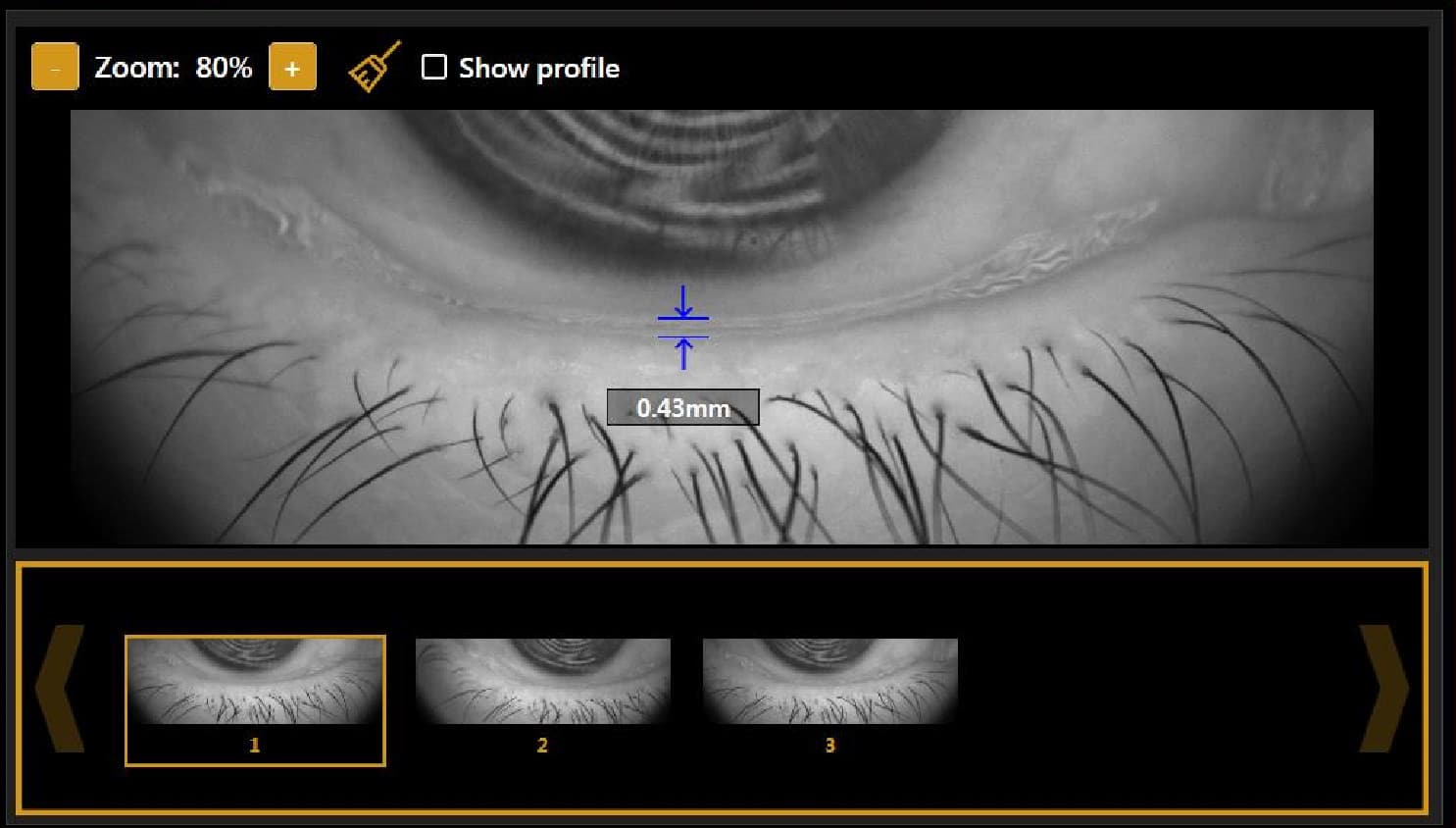
C. Measuring Tear Quantity
Low tear volume also indicates dry eye. The amount of tears is measured using either ophthalmic dyes or sterile absorbent strips. We also use digital imaging to measure the amount of tears in the eyes – again it has the advantage of not adding any foreign chemical into the eye so it’s non-invasive.
Digital imaging allows us to measure the height of the tear film as it settles along the lower eye lid.



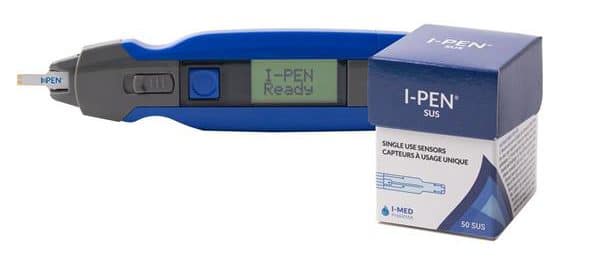


D. Assessing Tear Osmolarity
Osmolarity of the tears tells us how salty the tears are. If there are few tears, then they become more and more salty. Measuring tear osmolarity is an important test in diagnosing dry eye. It is a painless test and a small sample of tears are collected using a tiny tip. The sample is immediately analysed providing the Optometrist with an osmolarity reading. High values and large difference between the eyes are strong indicators of the condition.
D. Assessing Tear Osmolarity
Osmolarity of the tears tells us how salty the tears are. If there are few tears, then they become more and more salty. Measuring tear osmolarity is an important test in diagnosing dry eye. It is a painless test and a small sample of tears are collected using a tiny tip. The sample is immediately analysed providing the Optometrist with an osmolarity reading. High values and large difference between the eyes are strong indicators of the condition.



E. Evaluating Damage to the Eye’s Surface
The final part of diagnosing dry eye is to look for any damage to the structuress at the front of the eye. Using staining dyes that show damaged cells, we can see the amount of damage caused. Our practice is equiped with high resolution digital cameras attached to our microscopes, so we are able to photograph and even video parts of your eye to show you what we’ve found.
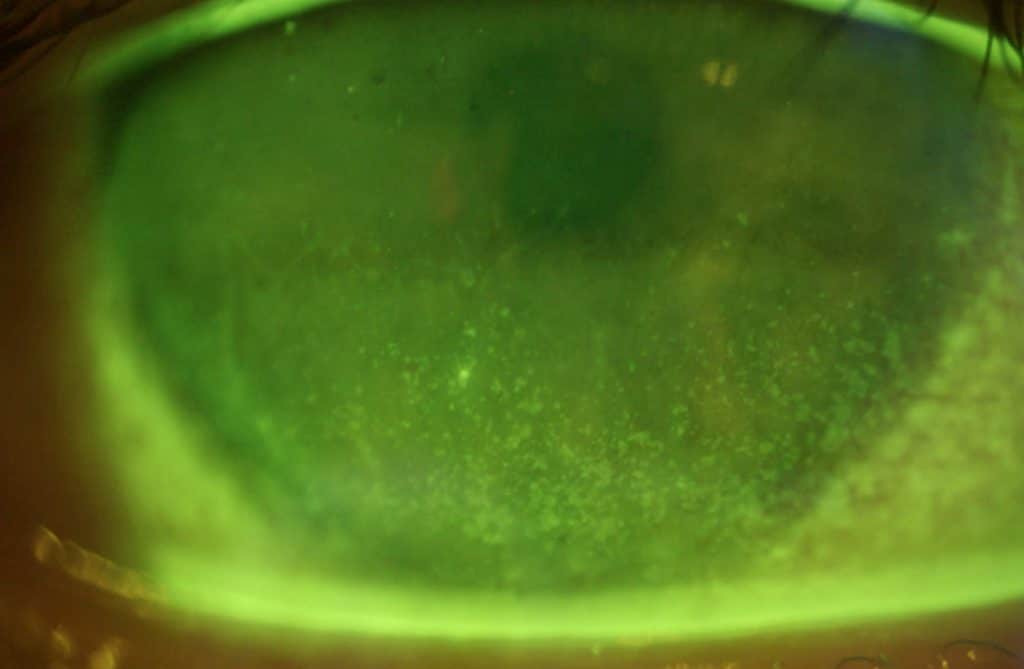


E. Evaluating Damage to the Eye’s Surface
The final part of diagnosing dry eye is to look for any damage to the structuress at the front of the eye. Using staining dyes that show damaged cells, we can see the amount of damage caused. Our practice is equiped with high resolution digital cameras attached to our microscopes, so we are able to photograph and even video parts of your eye to show you what we’ve found.



2. Diagnosing the Type
Generally, there are 2 types of dry eye. The first, and most common variety is evaporative dry eye. The second, is aqueous deficient dry eye.
In order to diagnose whether you have the evaporative type, we evaluate the oils in the tear film and look at the oil producing glands in the eyelids. Meibomian gland dysfunction, is a condition that causes loss and blockages to the Meibomian glands in the eyelids causing a reduction in oils in the tears. The oils are important because they massively reduce evaporation of tears into the environment.
Meibography is a technique to visualize the oil producing Meibomian glands. Using infra-red light and special camera, we can see gland loss and diagnose evaporative dry eye. We also look at the quality of oils be gently pressing on the glands to look at the colour and consistency of the oil.
2. Diagnosing the Type of Dry Eye
Generally, there are 2 types of dry eye. The first, and most common variety is evaporative dry eye. The second, is aqueous deficient dry eye.
In order to diagnose whether you have the evaporative type, we evaluate the oils in the tear film and look at the oil producing glands in the eyelids. Meibomian gland dysfunction, is a condition that causes loss and blockages to the Meibomian glands in the eyelids causing a reduction in oils in the tears. The oils are important because they massively reduce evaporation of tears into the environment.
Meibography is a technique to visualize the oil producing Meibomian glands. Using infra-red light and special camera, we can see gland loss and diagnose evaporative dry eye. We also look at the quality of oils be gently pressing on the glands to look at the colour and consistency of the oil.
3. Treatment Options
We offer a number of in-practice and at-home treatments. The choice is dependent on the severity of disease and also the type of dry eye. Often, more than one treatment will be recommended.
- Medical treatment. Involves regular use of eye drops or even oral medications.
- At-home treatment. Warm compresses or regular lid hygiene.
- Intense Pulse Light Treatment: effective in treating the evaporative type.
- Punctal plugging. Using either temporary or permanent plugs to retain more tears in the eye.
- Blephex treatment: Removing bacteria and treating Demodex is essential before any other treatment.
- Gland probing: In severe cases of dry eye due to MGD, we may recommend gland probing.
- Amniotic membrane: Recommended in cases where there is persistent damage to the surface of the eye or in cases of recurrent corneal erosion that is not responsve to medical therapy,
Book a Comprehensive Dry Eye Consultation £250
3. Treatment Options
We offer a number of in-practice and at-home treatments. The choice is dependent on the severity of disease and also the type of dry eye. Often, more than one treatment will be recommended.
- Medical treatment. Involves regular use of eye drops or even oral medications.
- At-home treatment. Warm compresses or regular lid hygiene.
- Intense Pulse Light Treatment: effective in treating the evaporative type.
- Punctal plugging. Using either temporary or permanent plugs to retain more tears in the eye.
- Blephex treatment: Removing bacteria and treating Demodex is essential before any other treatment.
- Gland probing: In severe cases of dry eye due to MGD, we may recommend gland probing.
- Amniotic membrane: Recommended in cases where there is persistent damage to the surface of the eye or in cases of recurrent corneal erosion that is not responsve to medical therapy,

